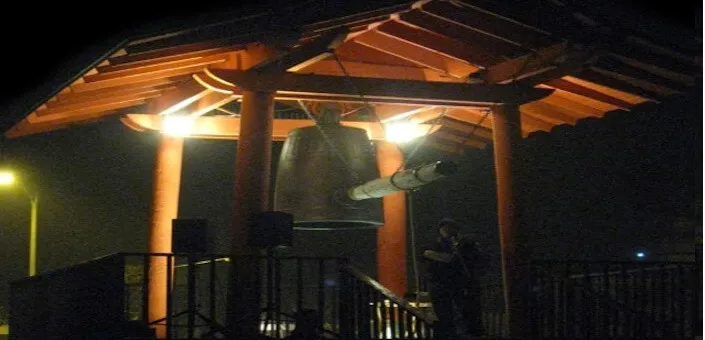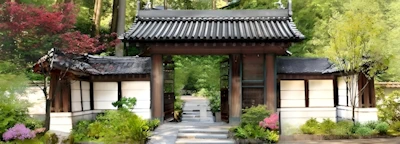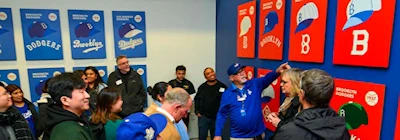2027 Japanese New Year's Day - Shogatsu (A Time to Welcome Renewal, Good Fortune, and Family)NEW


- No Additional Dates.
Shōgatsu (Japanese New Year) is Japan’s most important annual celebration, observed for centuries and centered on renewal, gratitude, and fresh beginnings. Preparations intensify in the days leading up to New Year’s Day, especially Ōmisoka (December 31), when homes, businesses, and temples prepare for the year ahead.
Since 1873, Japan has celebrated New Year’s Day on January 1, following the adoption of the Gregorian calendar.
History
Before the Meiji Period, Japan followed a lunar calendar similar to those still used for Chinese, Korean, and Vietnamese New Year celebrations. In 1873, five years after the Meiji Restoration, Japan officially adopted the Gregorian calendar, establishing January 1 as both the official and cultural New Year.
Traditional Food
New Year celebrations feature osechi-ryōri, a special assortment of symbolic dishes prepared in advance. Common items include seaweed, fish cakes, sweetened black soybeans, simmered root vegetables, and chestnut-sweet potato mash. These foods were traditionally preserved without refrigeration, as shops closed during the holiday.
Each dish carries meaning, and recipes vary widely by region. Another essential dish is ozōni, a soup with mochi and regional ingredients. Today, many families also enjoy sushi, sashimi, and modern dishes. On January 7, people eat seven-herb rice soup (nanakusa-gayu) to reset and rest the body after days of feasting.
Bell Ringing
At midnight on December 31, Buddhist temples across Japan ring their bells 108 times, representing the removal of the 108 earthly desires in Buddhist belief. This ritual symbolizes purification and a fresh spiritual start for the new year. Afterward, many people enjoy toshikoshi soba, long noodles symbolizing longevity and resilience.
Mochi
A traditional New Year activity is mochi-making, where steamed sticky rice is rhythmically pounded into soft rice cakes. Mochi is eaten throughout early January and also displayed as kagami mochi, a New Year decoration made of two stacked rice cakes topped with a bitter orange (daidai), symbolizing continuity across generations.
Due to its sticky texture, mochi can be dangerous if eaten improperly, particularly for the elderly, and safety reminders are common during the holiday season.
Disclaimer: Please double check all information provided on our platform with the official website for complete accuracy and up-to-date details.
Friday, 1 January, 2027
All Dates For This Event
Event Contact
Japanese New Year - Shōgatsu EventEvent Organizer Website
Get More Details From the Event Organizer
Event Location Website
Visit Location Website
For More Location Details
Event Information Can Change
Always verify event information for possible changes or mistakes.Contact Us for Issues














